Automated redaction software for medical records

Automated redaction software for medical records
Healthcare organizations handle large volumes of sensitive information: patient charts, lab results, billing records, referral notes, and internal communications. Redactable’s AI-powered redaction software helps hospitals and clinics comply with HIPAA by permanently removing sensitive data including metadata and hidden layers before records are shared.
By automating redaction, healthcare organizations cut turnaround times, reduce regulatory risk, and safeguard patient confidentiality. Providers can exchange records efficiently without creating bottlenecks or exposing protected health information.
How medical record requests work
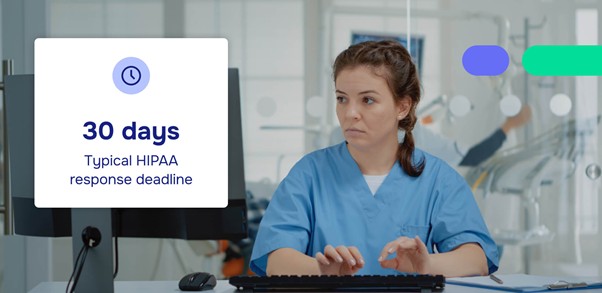
HIPAA and state regulations define what can be shared and when. Common steps include:
- Receipt and review of request – The provider verifies requester authority and identifies which departments hold responsive records.
- Evaluation of permitted disclosures – The organization determines which portions may be disclosed and which must be withheld or redacted under HIPAA and applicable state law.
- Assessment of processing fees – Reasonable, cost-based fees may apply for retrieval, copying, and redaction.
- Response timeline – Under HIPAA, providers typically must respond within 30 days; a one-time 30-day extension is allowed for complex requests with written notice.
Even when records are releasable, PHI and PII must be redacted prior to disclosure.
Common HIPAA patient identifiers in medical records
Under HIPAA, there are 18 patient identifiers that must be protected or removed before records can be disclosed. These identifiers cover data points that can directly or indirectly reveal a patient’s identity. Healthcare organizations must handle them carefully to avoid breaches, fines, and reputational damage.
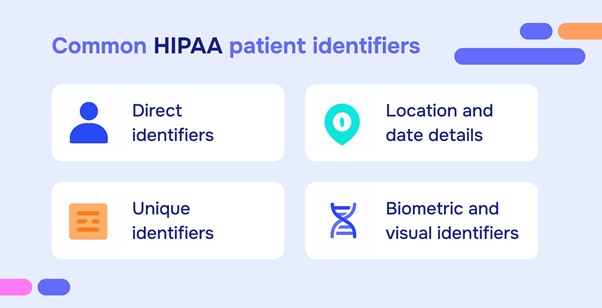
Direct identifiers: Names, Social Security numbers, email addresses, phone numbers, fax numbers, and medical record numbers.
Location and date details: Street addresses, cities, ZIP codes, geographic coordinates, birth dates, admission/discharge dates, and other date elements tied to an individual.
Unique identifiers: Health plan beneficiary numbers, account numbers, certificate/license numbers, and identifiers tied to vehicles, devices, or digital assets (URLs and IP addresses).
Biometric and visual identifiers: What patient data must be redacted, if redaction is required?What patient data must be redacted, if redaction is required?
Fingerprints, voiceprints, full-face photos, and other comparable images that can uniquely identify a patient.
Any of these elements, when combined with clinical information, qualify as protected health information (PHI). Once all 18 identifiers are removed, the record is considered de-identified and can be shared more freely for example, in research or public reporting.
Redactable’s AI platform automatically detects all HIPAA identifiers across documents, scanned files, and images, permanently removing them to ensure compliance and reduce the risk of costly breaches.
Permanent redaction vs visual hiding
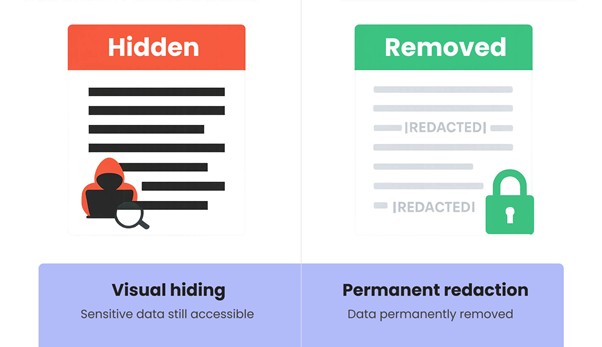
Black boxes and white overlays applied using PDF editors often leave hidden text, layers, or metadata that can be recovered through copy-paste or editing tools. Visual hiding is not true redaction.
Redactable performs permanent removal across:
- Text and numbers – PHI/PII are irreversibly deleted.
- Metadata and hidden layers – Patient identifiers are stripped from file properties and embedded content.
- Transparent or covered objects – No extractable PHI text remains behind visual masks.
- Embedded images and charts – Sensitive visuals (such as IDs) are fully removed.
This approach supports HIPAA compliance and significantly lowers the risk of accidental disclosure.
Steps for redacting medical records securely
Redactable enables healthcare teams to release records without risking privacy breaches. Following a structured workflow ensures accuracy, compliance, and defensibility.
Pinpoint sensitive content
Identify all protected details, including PHI and PII such as patient names, MRNs, dates of birth, insurance IDs, and financial data. Pay attention to indirect identifiers and small data sets that could reveal identities.
Deploy a HIPAA-ready redaction platform
Leverage Redactable’s AI-driven detection to surface PHI/PII and clinical terms automatically. Staff can review, refine, and approve results to maintain precision and avoid over-redaction.
Apply irreversible redactions
Remove sensitive text, metadata, hidden layers, transparent overlays, and embedded images so no information can be recovered or reconstructed.
Preserve audit-ready logs
Document every action who performed the redaction, when, and why. Redactable generates detailed activity reports and redaction certificates to meet compliance and legal requirements.
Confirm and distribute securely
Validate that all PHI/PII has been removed, finalize the redacted file, and generate a certificate of completion. Records can then be safely shared with confidence while protecting patient trust.
Redactable’s AI-driven platform for healthcare
Healthcare providers and insurers need a redaction solution that keeps PHI secure while meeting strict compliance standards. Redactable offers a browser-based, HIPAA-ready platform that integrates with cloud storage and supports enterprise governance.
Key features and benefits:
- Intelligent detection of sensitive data Automated identification of PHI/PII across 40+ categories, including MRNs, patient IDs, SSNs, addresses, emails, and financial details.
- OCR for complex records
Converts scanned charts, handwritten notes, and image-based documents into searchable text for redaction. - Multiple redaction modes
Auto-redaction, category-based filtering, keyword search, manual selection, and draw-box tools for precise control. - Compliance and legal tools
Draft redactions, privilege log creation, Bates numbering, version history, and certified redaction reports. - Collaborative review
Role-based permissions, @mentions, threaded comments, and complete activity logs for accountability. - Seamless integrations
Connects with Google Drive, OneDrive, Dropbox, Box, SharePoint, and Clio for streamlined workflows. - Enterprise-grade security
SOC 2 Type II certification, HIPAA support (with BAAs), CJIS alignment, and FIPS 140-2 validated encryption.
Interested in learning more?
Frequently asked questions
Any PHI and PII that would disclose a patient’s identity or protected details outside a permitted use names, addresses, SSNs, MRNs, diagnoses, test results, and insurance information must be removed before sharing externally.
Yes, patients have a right of access to their medical records subject to narrow exceptions (e.g., psychotherapy notes, certain legal holds).
By permanently removing sensitive data, cleansing metadata, and generating audit logs and redaction certificates. Final compliance determinations remain with the provider.
Organizations risk privacy breaches, regulatory penalties, litigation exposure, and loss of trust.
Training should cover HIPAA privacy rules, common PHI/PII patterns, indirect identifiers, and how to validate automated redactions to avoid over- or under-redaction.

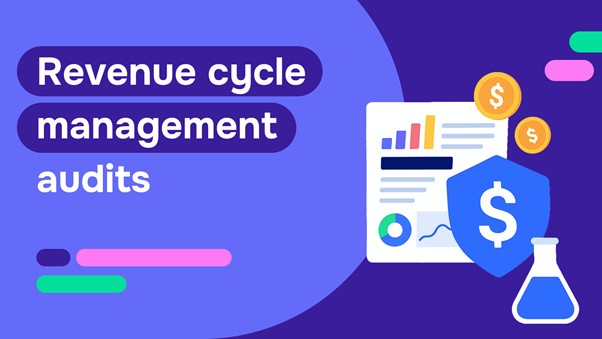
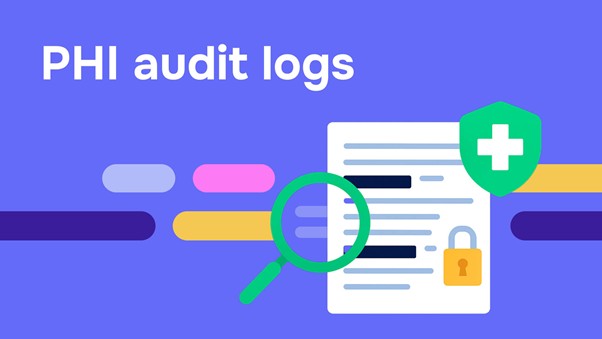
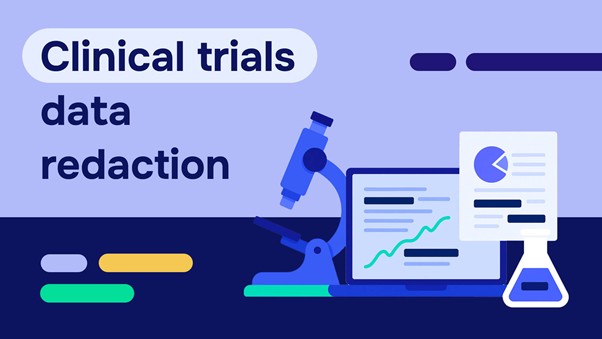
.jpg)


